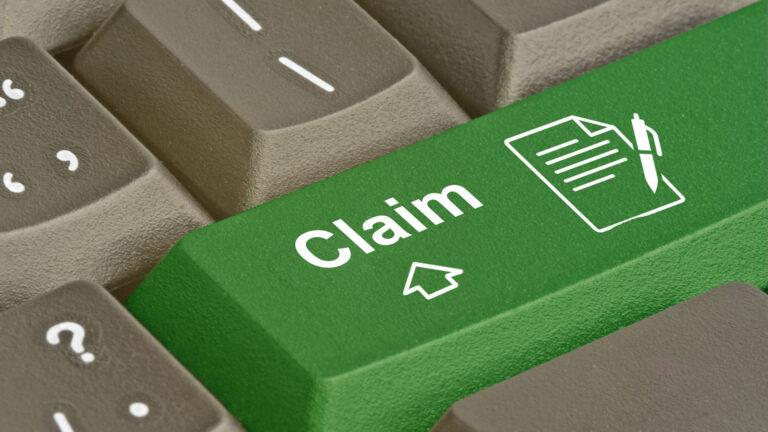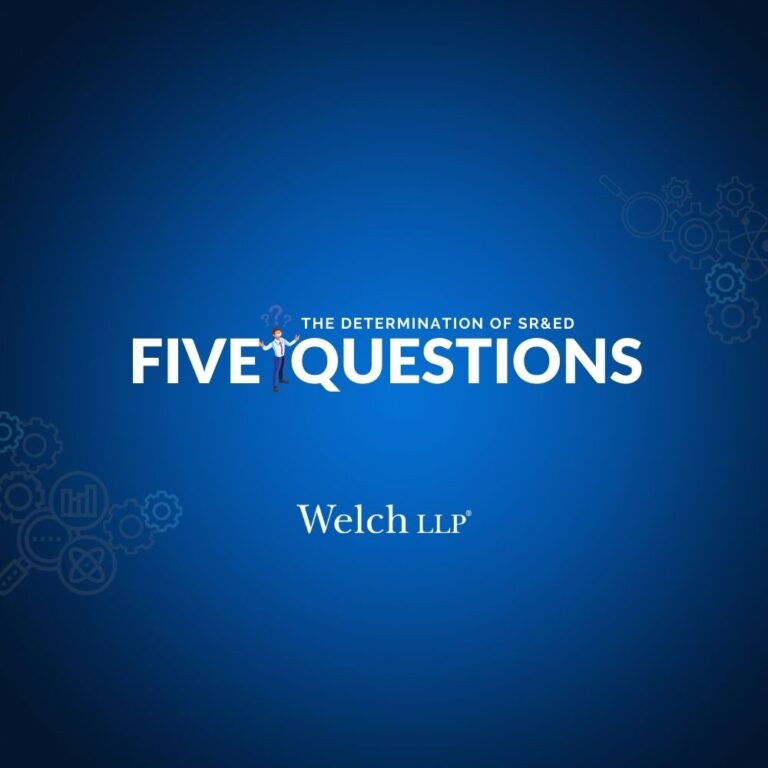Significant documentation should be recorded throughout the natural progression of your R&D to ensure you have created enough supporting evidence to satisfy CRA in the event of a review. This evidence will be used to support two aspects of your SR&ED claim: (i) the SR&ED work conducted; and (ii) the SR&ED expenditures claimed.
Evidence for SR&ED Work
With respect to the SR&ED work conducted, documentation should be produced as the work is performed. Documentation that is dated, signed and specific to the work performed will be the most valuable during a review. This supporting documentation can include:
- Records of tests and results
- Project planning documents
- Documents on design of experiments
- Experimentation plans
- Design documents and technical drawings
- Project records, laboratory notebooks
- Design, system architecture and source code (for software development)
- Records of trial runs
- Project progress reports
- Test protocols, data, results, analysis and conclusions
- Final project reports or professional publications
- Photographs, videos
- Prototypes, samples
- Scrap, scrap records
- Activity records
Evidence for SR&ED Expenditures
Records that support the claimed expenditures should also be kept in order to justify the financial transactions made throughout the R&D program which were claimed as SR&ED expenditures. These records and documents can include:
- Financial statements
- Records
- Ledgers
- Journals
- Vouchers
- Receipts
- Contracts, lease agreements
- Purchase invoices and proof of payment
- Accounting records
- Time sheets
- Records of resources allocated to the project
- Payroll records
In summary, documentation is essential to any SR&ED claim and it is very important to ensure that evidence is generated as SR&ED is carried out. In the views of CRA, the best documentation is that which is created through internal processes that collect information and generate reports/evidence as the work is performed. Diligent bookkeeping as well as thorough and contemporaneous documentation is crucial during a review and could save your SR&ED claim if it is ever pulled for audit.
Author: Nicholas Ogrodnik
Position: Technical Advisor












